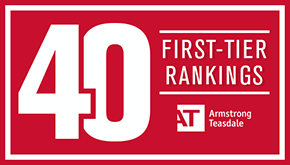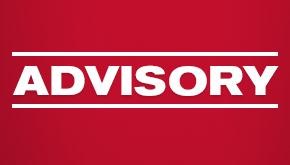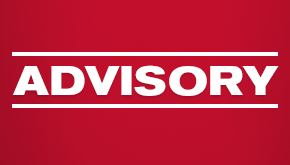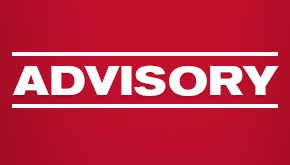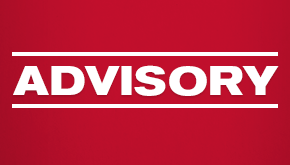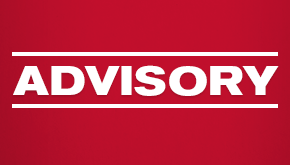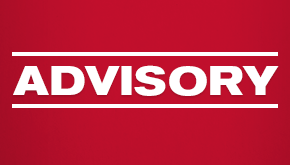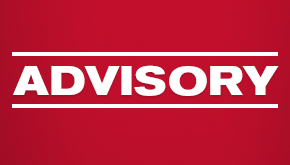EEOC and DOL Actions on Wages - The Total Picture
The U.S. Equal Employment Opportunity Commission, Department of Labor and President Obama have all taken recent action aimed at driving money from the top earners in a company to the lowest paid earners. Just this month, the EEOC published a proposal that would require employers to provide expanded wage data as part of an ongoing effort to address discriminatory pay practices and reduce the gender gap in employee compensation. In another example, the Department of Labor issued proposed rules to dramatically increase the minimum salary for exempt employees and hinted at changes to the tests for determining exempt status. Also, the President has taken Executive Action to increase the minimum wage on federal projects to over $10 per hour.
EEOC Proposed Changes to EEO-1 reporting
The EEOC's proposal, if adopted, would revise the Employer Information Report (EEO-1) that covered employers are currently required to file with the EEOC each year. Currently, employers must submit data by job category about their employees’ race, gender, and ethnicity. Under the proposed revisions, employers must also provide data about these employees’ W-2 earnings and hours worked during the previous twelve months, grouped by salary range.
These requirements would apply to employers with 100 or more employees, including both private employers and federal contractors, beginning in September 2017. Federal contractors with 50 to 99 employees will still need to report data about their employees’ ethnicity, race, and sex, but will not be required to submit wage data. Federal contractors with 49 or fewer employees and non-contractor employers with 99 or fewer employees will not be required to file the EEO-1 form.
The data and production of the data is intended to force companies to publish their wage and salary disparities hoping it “shames” them into action. The data can also be used by labor unions in organizing campaigns and “corporate campaigns” designed to apply even more public pressure on companies.
Conclusion
Companies should familiarize themselves with the new EEO-1 forms and consider what their reports would look like if required to be filed today so they can decide whether to institute changes before or when the new form becomes final or decide what their message to employees, the media or in response to a union organizing campaign will be if pay disparity becomes an issue.


